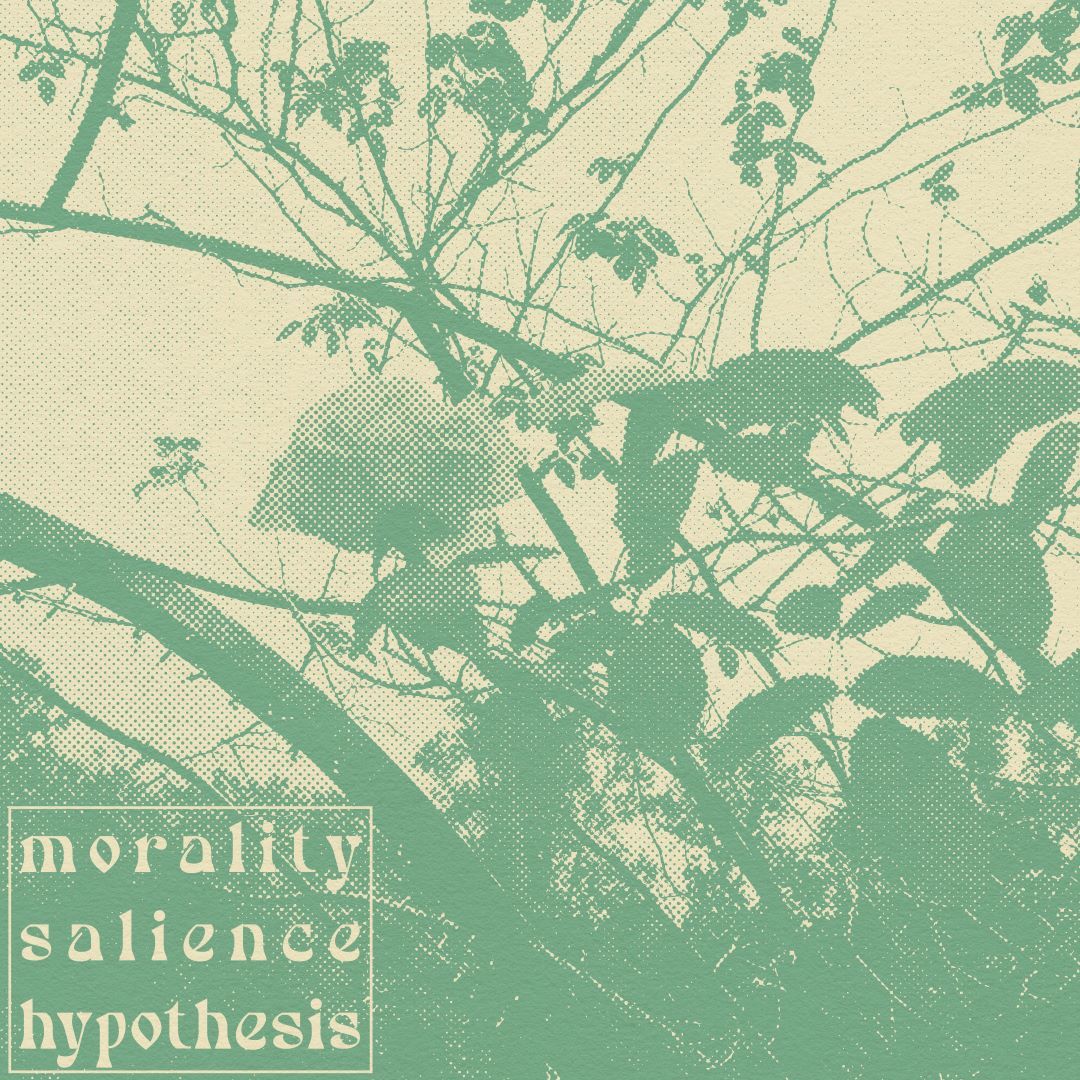The morality salience hypothesis

Last week, I wrote about terror management theory. Today's another quick post to share a single concept: the morality salience hypothesis.
I also learned about this idea from the article "Fighting the future with the past: Nostalgia buffers existential threat", published in the Journal of Research in Personality, Volume 44, Issue 3, in 2010.
As the title suggests, the paper talks about the ways in which our nostalgia can be a balm for the stinging realization that we'll all die someday.
The mortality salience hypothesis is the (very intuitive) idea that whatever we use to keep ourselves from falling into a pit of existential dread (like nostalgia) becomes more important the more we're reminded of our own mortality.
This connects easily to my own theories about the connection between nostalgia and the paranormal. What does the paranormal do if not remind us of our own mortality?
If you want a harder-to-read-but-more-detailed-and-academic explanation, here's how they put it in the article:
This hypothesis states that, if psychological structures buffer the consequences of mortality awareness, then experimentally heightening the awareness of death (mortality salience; MS) will result in elevated levels of investment in or defense of these buffering structures. . . .
The theory predicts that, when reminded of death, people will be more positive to that which supports their beliefs and identifications, and will be less positive or more negative toward that which threatens them. These effects, often referred to as worldview defenses in the terror management literature, have been found with respect to a variety of domains.

